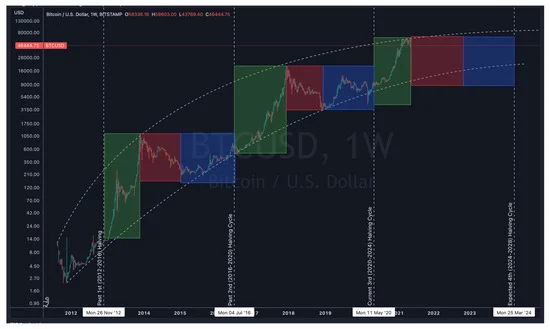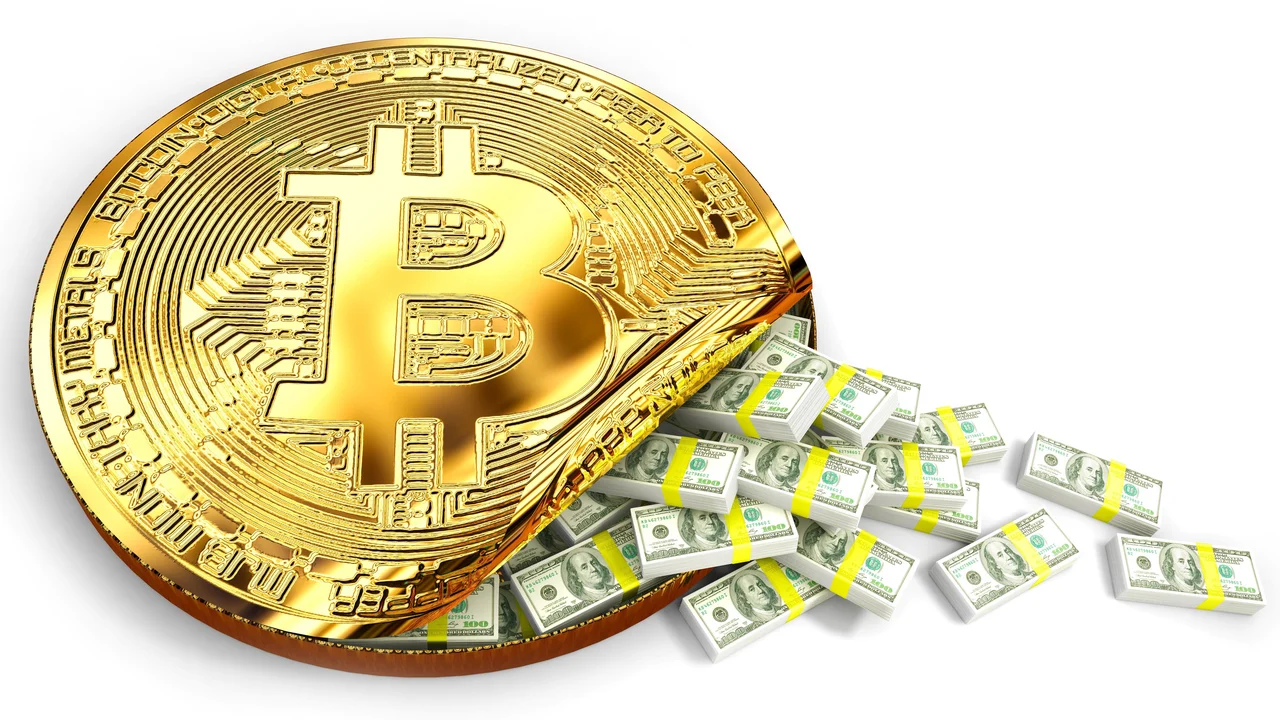Bitcoin halving is a scheduled event that occurs every four years. During this event, the amount of Bitcoin rewarded to miners is reduced by 50%. The next Bitcoin halving is scheduled to occur in May 2024.
Decentralized finance (DeFi) is a financial system that is built on blockchain technology. DeFi applications allow users to borrow, lend, trade, and invest without the need for a central intermediary. DeFi has become increasingly popular in recent years, but it has also been plagued by scams and hacks.
How will Bitcoin halving affect BTC price?
Bitcoin halving has historically led to bull markets in Bitcoin. This is because the halving reduces the supply of new Bitcoin entering the market, while demand for Bitcoin remains relatively constant. This creates a supply-demand imbalance that drives up the price of Bitcoin.
There is no guarantee that the next Bitcoin halving will lead to a bull market in Bitcoin, but there are a number of factors that suggest that it is likely. First, the global economy is facing a number of challenges, including high inflation and rising interest rates. This economic uncertainty is leading some investors to turn to Bitcoin as a hedge against inflation and other risks. Bitcoin is seen as a store of value and a safe-haven asset in times of economic turmoil.
Second, institutional adoption of Bitcoin is increasing. This is bringing more liquidity and stability to the Bitcoin market, and it is also helping to legitimize Bitcoin in the eyes of the mainstream.
Third, the development of new and innovative applications for Bitcoin is ongoing. For example, the Lightning Network is a second-layer solution that makes Bitcoin payments faster and cheaper. The development of new applications for Bitcoin is helping to expand the utility of Bitcoin and making it more attractive to investors.
Overall, the factors suggest that the next Bitcoin halving is likely to lead to a bull market in Bitcoin. However, it is important to remember that Bitcoin is a volatile asset class, and its price can fluctuate wildly. Investors should only invest what they can afford to lose.
Is DeFi dead?
DeFi has been plagued by scams and hacks in recent years. This has led some people to believe that DeFi is dead. However, this is not the case. DeFi is still in its early stages of development, but it is growing rapidly. The number of DeFi users and the amount of capital locked in DeFi protocols has increased significantly in recent months.
The scams and hacks that have occurred in DeFi are a reminder that the industry is still in its early stages of development. However, the DeFi community is learning from these mistakes and taking steps to improve security. For example, many DeFi protocols are now conducting audits and implementing new security measures.
The DeFi industry is also evolving rapidly. New protocols and applications are being launched all the time. This innovation is helping to make DeFi more secure and user-friendly.
Overall, DeFi is not dead. It is still in its early stages of development, but it is growing rapidly. The scams and hacks that have occurred in DeFi are a reminder that the industry is still in its early stages of development. However, the DeFi community is learning from these mistakes and taking steps to improve security. The DeFi industry is also evolving rapidly. New protocols and applications are being launched all the time. This innovation is helping to make DeFi more secure and user-friendly.
Here are some additional thoughts on the future of DeFi:
- DeFi insurance: DeFi insurance is a growing sector of the DeFi industry. DeFi insurance protocols provide coverage for users against losses due to hacks, scams, and other events. DeFi insurance is helping to make DeFi more secure and attractive to investors.
- Cross-chain DeFi: Cross-chain DeFi protocols allow users to interact with DeFi protocols on different blockchains. This is helping to increase the liquidity and interoperability of the DeFi ecosystem.
- Institutional adoption: Institutional investors are beginning to adopt DeFi. This is bringing more liquidity and stability to the DeFi market, and it is also helping to legitimize DeFi in the eyes of the mainstream.
Overall, the future of DeFi is bright. The DeFi industry is still in its early stages of development, but it is growing rapidly. The scams and hacks that have occurred in DeFi are a reminder that the industry is still in its early stages of development. However, the DeFi community is learning from these mistakes and taking steps to improve security. The DeFi industry is also evolving rapidly. New protocols and applications are being launched all the time. This innovation is helping to make DeFi more secure and user-friendly.




